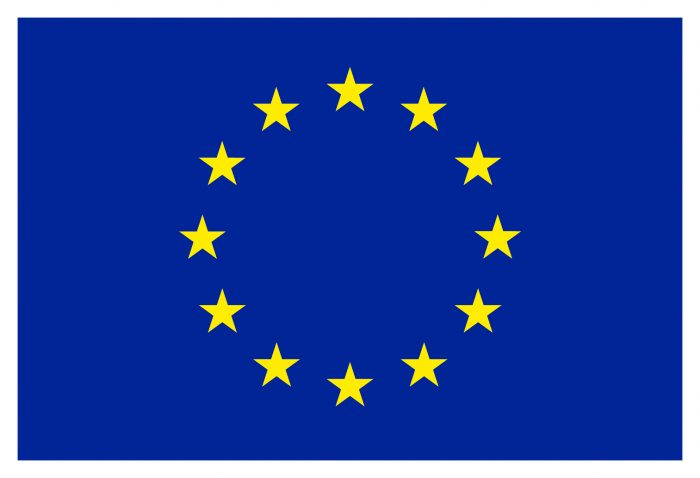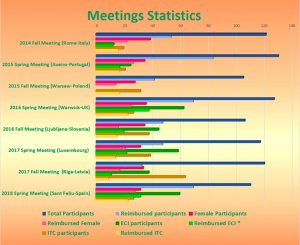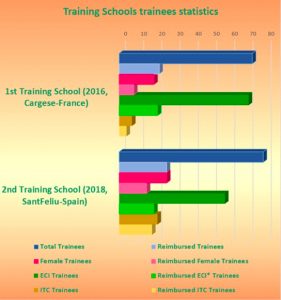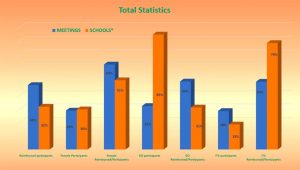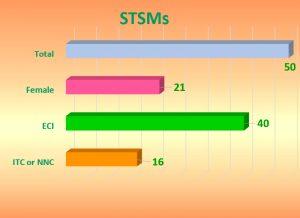Final Report about implementation of COST policies in terms of gender balance, inclusiveness targeted countries and early career investigator within the TO-BE Action
In the initial stages of nominating and then the selection of Invited Speakers for the proposed meetings were always conducted by a committee of the Core Group and the Work Group leaders. This committee by default always consisted of at least 3 female members (who were already members of the Core Group) and the Grant Holder Manager (also female). Priority was always given to selecting the female speakers first before moving on to the selection of other speakers. GB as Vice Chair and responsible for gender balance monitoring was actively involved in these processes right from the outset.
The selection of participants eligible for reimbursements for participation to TO-BE Meetings and Schools was the next task to be drawn up. This was done by a committee of 4 people: Grant Holder Manager, Chair, Vice Chair and Dr Fittipaldi, core group member in charge of the organisation of meeting- 3 females and one male. The Grant Holder Manager produced a list placing the participants in order of the payment priorities, i.e., Speakers, MC members first followed by the participants. The participants were ranked based on a scoring procedure devised by us whereby these (minority) categories were awarded a higher point score: female gender, Early Career Investigators, those from ITCs.
The final column in the sheet shows the total score used for the ranking for the reimbursement of travel and subsistence expenses for the meetings (an example of the output of this process is available here). Where there was a tie in the score, preference was given to females falling under one of the above minority categories listed above. This procedure was clearly explained to the members of the Action and was widely accepted as being fair. Overall statistics regarding participation to the eight TO-BE meetings are plotted in fig. 1. Overall statistics regarding participation to the two TO-BE
- Fig. 1 – Participation statistics for the eight TO-BE meetings
- Fig. 2 – Participation statistics for the two TO-BE Schools
- Fig. 3 – Overall statistics for TO-BE Meetings and Schools
schools are plotted in fig. 2. A link to all our Events organised by the TO-BE Cost Action is available here. Overall statistics about participation to our meetings and schools is available in fig. 3
Similar ranking procedures were adopted where selections needed to be made for the STSM scheme within the Action. At first the list of applications received was scanned by the STSM coordinator (female) for basic eligibility criteria and then the applications were circulated to a small team of selectors made up of: Chair, Vice Chair, STSM coordinator and Dr Alexei Kalaboukhov, MC member (2 females). The participation in this scheme and split by gender was overall very encouraging and can be seen from the data presented under this section. Overall statistics regarding the beneficiaries of our STSM are in fig. 3.


